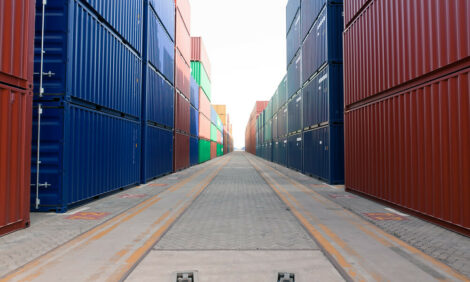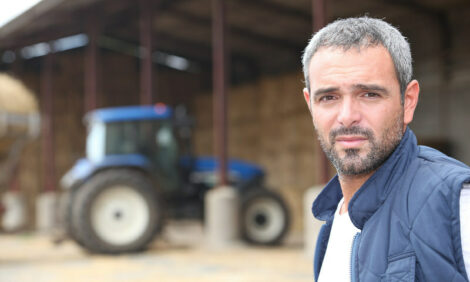



Brazil research measures methane emissions in cattle in Mato Grosso
The aim is to evaluate emissions from different animal categoriesEmbrapa Agrossilvipastoril is conducting research into methane emissions from cattle by measuring enteric methane emissions by cattle in different types of livestock farming systems in Mato Grosso, according to a government-issued press release. They believe that a better understanding around enteric methane emissions will help bring balance to overall greenhouse gas emissions.
This March researchers began to measure methane using a method that involves the use of cangas and sulfur hexafluoride (SF6). Collection took place five times in summer, and new collection is scheduled for the end of April/early May. Further collections will take place in the dry winter and in the spring when rains return.
Initially, emissions of girolando milk cows are being measured. Girolando dairy cows were selected for their docility and ease of handling. Cows are evaluated in four different silvopastoral systems, with varying levels of shade. The Animal Ethics Committee of Embrapa Agrossilvipastoril did not authorize the research to be done with cows in a pasture system in full sun.
According to researcher Alexandre Nascimento, the expectation is that at the end of the year it will already be possible to have information that can be compared to data on gas emissions from the soil and carbon sequestration rates in soil and trees.
"By the beginning of next year we expect to have the amount of carbon equivalent emitted per kg of milk produced. It may be a higher or lower number than that used by the IPCC [Intergovernmental Panel on Climate Change], but it will be our number. Measured in our reality of pasture breeding in a tropical region in Brazil," explained the researcher.
Currently, the data used to prepare emissions reports from countries are those generated in countries with the most advanced surveys. Most of them are located in temperate regions. In this way, the IPCC itself encourages each country to measure the emissions of its production systems through scientific research.
In Brazil, Embrapa Pecuária Sudeste, a partnership in conducting the research in Mato Grosso, was a pioneer in the use of this evaluation methodology. The use of cangas with sulfur hexafluoride brings greater freedom and ease in the collection of data in pasture breeding. Unlike the use of devices such as GreenFeed, which require the animal to go to the trough so that the emission is measured. The data obtained in Sinop can be compared with data obtained in São Carlos.
Embrapa Agrossilvipastoril intends to perform the same measurements in beef cattle. However, for this it seeks partner institutions. Because the animals are more risky, more time and greater availability of labour will be needed, since it is necessary to get the animals used to the daily management before putting the cangas.
"With this research, we inaugurated an important research front related to enteric methane. We will be able to evaluate different animal categories and also the effect of the diet adopted on the emission of gas," explains Alexandre Nascimento.
Methane is one of the three main greenhouse gases emitted by agricultural activity, along with carbon dioxide (CO2) and nitrous oxide (N2O). In 2021, during the Climate Conference held in Glasgow, Scotland, an agreement was signed between the parties to immediately reduce emissions of this gas. Livestock is the activity that emits the most methane due to the enteric fermentation process that occurs in the rumen of cattle.



